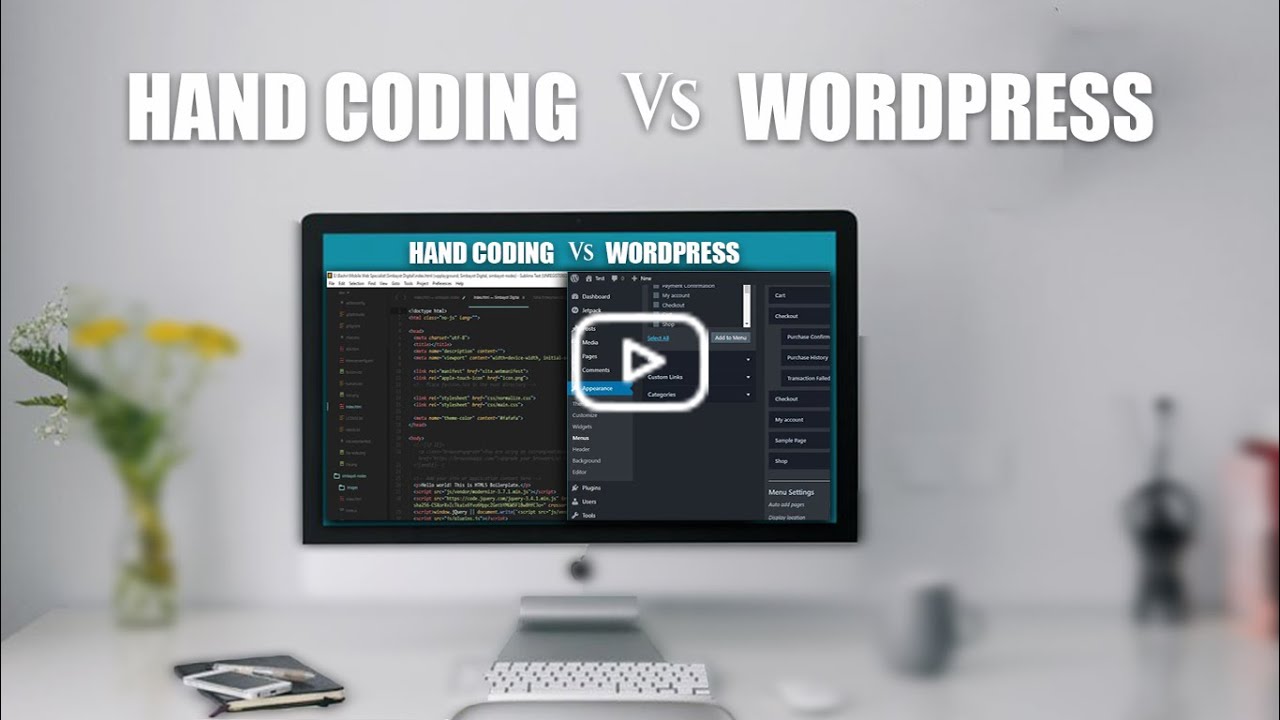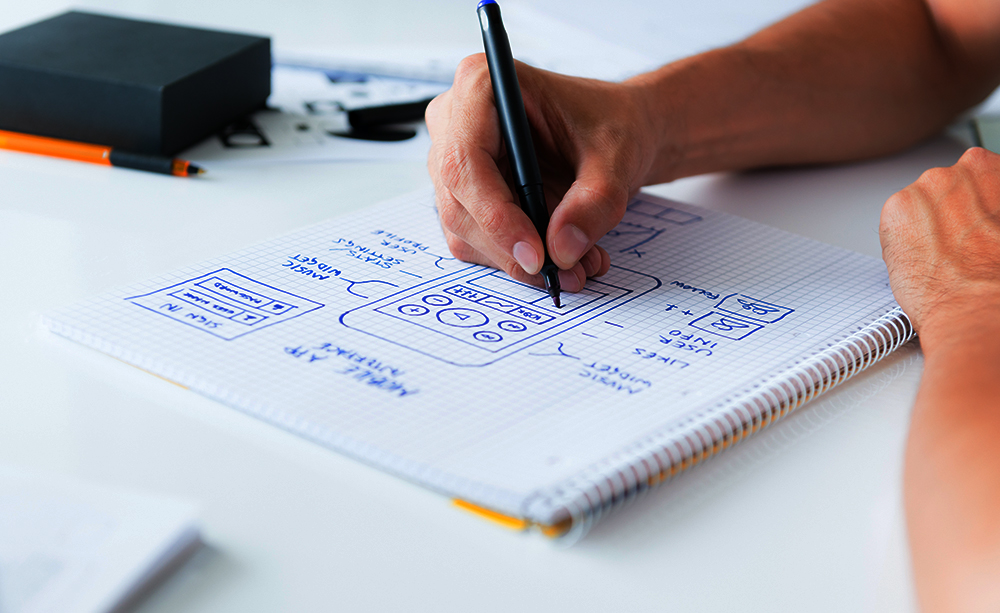
A Simple Approach for Creating Website Content
A well-structured website isn't just about design—it’s about clear, engaging, and strategic content that guides visitors, builds trust, and converts them into customers. Here’s a step-by-step approach to crafting high-quality website content that works.
Home Page: Make an Impact
Your homepage is the first impression visitors have of your business. It should be clear, engaging, and immediately communicate your brand’s purpose.
1. Introduce Your Brand
- Clearly state who you are, what you do, and why it matters in a simple, compelling way.
- Use a strong headline that defines your value proposition. Example: “Helping Small Businesses Succeed Online with Custom-Built Websites.”
- Include a brief description that highlights your unique selling points in 2-3 sentences.
2. Guide Visitors Toward the Next Step
- Design intuitive navigation to make it easy for visitors to explore further.
- Feature clear calls-to-action (CTAs) such as “Get a Free Quote,” “View Services,” or “Contact Us.”
- Consider a visually appealing hero section with an engaging image or video that represents your brand.
About Us: Build Connections
Your About Us page is where visitors get to know your brand beyond just the products or services you offer. It’s an opportunity to build trust and establish an emotional connection.
1. Share Your Story
- Explain why your business was founded and what problem it solves.
- Highlight any key milestones or achievements.
- Tell your story in an authentic and relatable way to connect with potential customers.
2. Show Personality
- Introduce your team members with photos and short bios to humanize your brand.
- Emphasize your values, mission, and vision to align with customer expectations.
- Consider adding testimonials or case studies to showcase credibility and customer satisfaction.
Products/Services: Be Clear
This section needs to be detailed yet digestible, ensuring potential customers quickly understand what you offer.
1. Detail Your Offerings
- Provide clear descriptions of your products or services, outlining what they are and how they work.
- Highlight key benefits—how does your product or service solve a problem?
- Use bullet points or short paragraphs for easy readability.
2. Simplify Information for Better Understanding
- Avoid technical jargon unless necessary—write for your audience, not industry experts.
- If applicable, include pricing details or a "Get a Quote" option to set expectations upfront.
- Use high-quality images or videos to showcase your products/services in action.
Contact Us: Facilitate Engagement
Your Contact Us page should make it quick and easy for potential customers to get in touch with you.
1. Provide Essential Contact Information
- Display your business name, address, phone number, and email prominently.
- If you have multiple locations, list them clearly or include an interactive map.
- Make sure this information is also accessible on the homepage footer.
2. Use a Simple Contact Form
- Include fields for name, email, phone number, and a message.
- Keep it short and remove unnecessary fields to increase submissions.
- If relevant, add specific contact categories (e.g., “Sales Inquiry” or “Customer Support”) to direct inquiries efficiently.
Blog: Keep Content Fresh
A blog helps businesses share expertise, improve search rankings, and engage audiences with valuable content.
1. Show Expertise in Your Industry
- Publish informative articles, case studies, how-to guides, or FAQs relevant to your business.
- Include a mix of text, images, and videos to keep content engaging.
- Regularly update the blog to keep your site active and improve SEO.
2. Support SEO and Audience Engagement
- Incorporate keywords naturally in your blog posts to rank better on search engines.
- Structure posts with headings, bullet points, and clear sections for easy readability.
- End each post with a call-to-action (e.g., “Contact us to learn more” or “Subscribe for updates”).
Final Tips for Website Content Success
1. Be Concise and Clear
- People skim online content, so make sure your key points are easy to find.
- Use short paragraphs, headings, and bullet points to improve readability.
2. Use Familiar and Conversational Language
- Write like you’re talking to your customers—avoid overly technical terms unless necessary.
- Address customer pain points directly and offer solutions.
3. Be Authentic and Showcase Your Brand’s Personality
- Your website should reflect your business’s unique voice and style.
- Use a friendly yet professional tone that aligns with your audience.
4. Guide Visitors Through Their Journey
- Structure content to naturally lead visitors toward action—whether that’s making a purchase, booking a service, or contacting you.
- Use CTAs strategically throughout the site to encourage conversions.
Conclusion
By following this simple yet effective content structure, you can create a website that not only looks great but also converts visitors into loyal customers. A well-thought-out website with engaging, high-quality content ensures that your brand stands out online and delivers real value to your audience.

